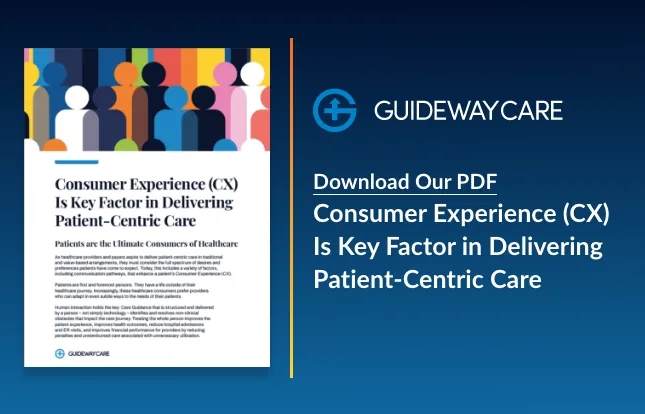How Technology-Enabled Bundled Payments in Healthcare Can Improve Your Success

In today’s day and age, healthcare organizations must approach their care coordination with the utmost scrutiny. Custom communication, efficiency, and productivity are key. For these aims, bundling payments is one way to achieve organizational outcomes.
This is especially important with the Centers for Medicare and Medicaid Services (CMS) and bundled payment initiatives.
Furthermore, the Comprehensive Care for Joint Replacement (CJR) model and cardiac care model are more relevant than ever. This means that acute providers in the hospital assume more risk. With these risk-based models, organizations must take their coordination seriously.
So in this article, let’s talk about how technology can help you leverage new payment models in healthcare for more success and profit.
Technology Trends In Healthcare Payments
1. Matching post-acute providers to patients
When patients leave the hospital, they often need additional post-acute services. This could be a rehabilitation center or a skilled nursing facility. However, this decision can be difficult for patients. They may not understand their options fully.
Hospitals can use technology to provide the information that these patients need to make better decisions. This won’t just improve the satisfaction of the patients, it can also help their clinical outcomes improve. You can ensure that you’re recommending post-acute providers that are completely qualified to give the best care possible.
Using care coordination technology, hospitals can use patient information to inform their recommendations. A case manager can sort through the information quickly to see if a facility can accept the patient and the matching can be pre-generated.
The care planner can compare facility profiles along with the family. They can look through images, videos, and other information to select the best choice. Ultimately, this leads to a seamless, faster matching procedure.
2. Streamlining exchange of information
Your healthcare organization must collaborate from a place of informational strength by using coordination technology. You can share this information with the EHR. In just one click, you can deliver the most important information about a patient’s medical record.
The information will be delivered in an easy to read format, which provides quick access to other stakeholders in the patient’s care. This can help ensure that they attend all of the key therapies or follow-ups.
3. Enhancing responsiveness with communication
A very sensitive period for patients is the time after their discharge from the hospital.
Their risk for readmission can be quite high. If they don’t attend the proper follow-ups or therapies, then they may have less preferable clinical outcomes.
So organizations are encouraged to use technology to keep the primary care physician, case managers at the hospital, pharmacists, family members, and any other stakeholders on the same page. By having a single source of communication, you can ensure that everyone understands their roles and responsibilities in ensuring the patient’s well-being.
Enhance Technology And Bundled Payment Success
The Bundled Payments for Care Improvement initiative (BPCI-A) is one of the most effective models that health providers can use. It helps you increase your reimbursement rates and improve your quality of care.
Medical payments for care improvement are something that you shouldn’t overlook in your practice. Contact Guideway Care today and understand exactly how you can use this new protocol to bring your healthcare practice into the next wave of treatment.
Contact Us Today To Learn How We Can Help
"*" indicates required fields




